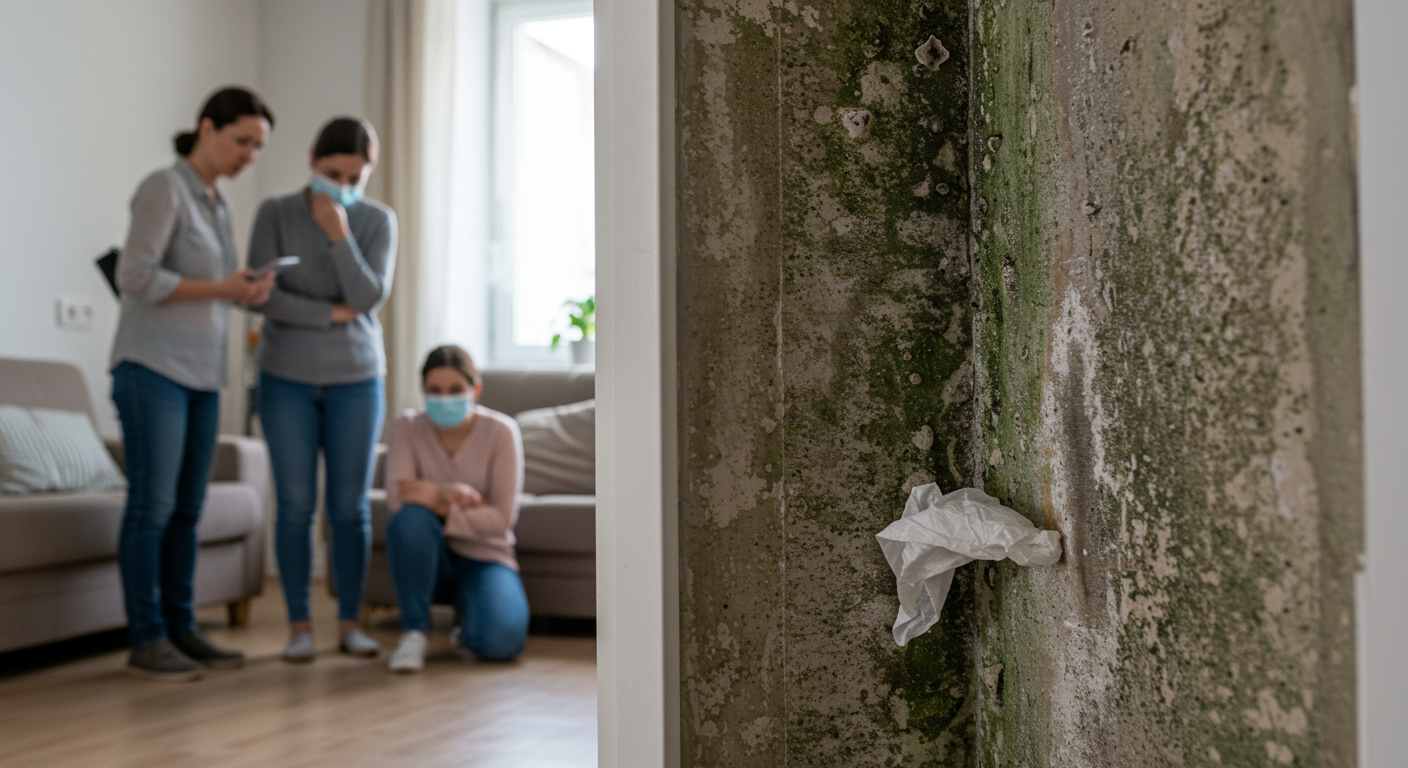Discovering mold in your house can be alarming. Not only does it pose potential health risks, but it can also damage your property if left untreated. This comprehensive guide will help you understand the dangers of mold, how to identify it, and the steps you can take to remove and prevent it effectively.
Understanding Mold and Its Health Risks
Overview of Common Mold Types
Mold is a type of fungus that thrives in damp and humid environments. The most common types found in homes include Aspergillus, Cladosporium, and Stachybotrys (commonly known as black mold). Each type varies in appearance, from green and white to black and slimy textures. While some molds are relatively harmless, others, like black mold, can release mycotoxins that are hazardous to health.
Health Effects of Mold Exposure
Exposure to mold can lead to a variety of health issues, especially for individuals with allergies, asthma, or weakened immune systems. Symptoms may include sneezing, coughing, skin irritation, and even severe respiratory problems. Prolonged exposure to toxic molds can cause chronic health conditions, making it crucial to address mold issues promptly.
Identifying Mold Growth in Your Home
Signs of Mold Presence
Mold often reveals itself through visible growth, musty odors, or discoloration on walls, ceilings, and floors. Other signs include peeling paint, water stains, and increased humidity levels. If you notice any of these indicators, it’s essential to investigate further to confirm the presence of mold.
Areas Most Susceptible to Mold
Certain areas in your home are more prone to mold growth due to their damp conditions. Bathrooms, basements, kitchens, and laundry rooms are common hotspots. Leaky pipes, roof leaks, and poor ventilation can exacerbate the problem, creating the perfect breeding ground for mold.
Effective Mold Cleanup Procedures
DIY Cleanup for Small Mold Issues
For minor mold problems, you can tackle the cleanup yourself with proper precautions. Wear protective gear, including gloves, a mask, and goggles, to avoid exposure. Use a mixture of water and detergent or a commercial mold cleaner to scrub the affected areas. Ensure the area is thoroughly dried afterward to prevent regrowth.

When to Call Professionals
If the mold covers a large area (more than 10 square feet) or is caused by contaminated water, it’s best to hire professionals. Mold remediation experts have the tools and expertise to safely remove mold and address the underlying causes. They can also conduct thorough inspections to ensure no hidden mold remains.
For expert assistance, check out Expert Water Damage and Mold Removal Services in South Jordan, UT.
Preventing Mold Growth in Your Home
Moisture Control Strategies
Controlling moisture is key to preventing mold growth. Start by fixing leaks, improving ventilation, and using dehumidifiers to maintain indoor humidity levels below 60%. Regularly inspect areas prone to dampness, such as bathrooms and basements, and address any issues promptly.
Long-term Prevention Tips
To keep mold at bay in the long term, consider waterproofing your basement, installing exhaust fans in high-humidity areas, and ensuring proper drainage around your home. Regular cleaning and maintenance can also go a long way in preventing mold from taking hold.
Learn more about effective prevention strategies in What to Do If You Find Mold in Your House in South Jordan, UT: A Complete Guide.
Addressing mold in your house is essential for maintaining a healthy and safe living environment. By understanding the risks, identifying problem areas, and taking proactive measures, you can effectively manage and prevent mold growth. If the problem persists or seems overwhelming, don’t hesitate to seek professional help to protect your home and health.

Leave a Reply